The Ghost of the Taiga

Deep in the frozen forests of northeastern China and Russia, a shadow moves through the snow-covered pines. This is the Amur leopard, the world’s rarest big cat, with fewer than 250 individuals remaining in the wild. Their pale golden coat, marked with distinctive black rosettes, blends seamlessly with the dappled sunlight filtering through the forest canopy.
Unlike their African cousins, these leopards have adapted to survive in temperatures as low as -40°F. Their thick winter coat grows up to 3 inches long, transforming them into living ghosts that seem to materialize from the mist itself. Each spotted pattern is as unique as a human fingerprint, making every individual a masterpiece of nature’s artistry.
Eyes That Pierce the Soul

The piercing amber eyes of an Amur leopard reflect a wisdom earned through survival in one of Earth’s harshest environments. These cats possess night vision six times better than humans, allowing them to hunt effectively in the perpetual twilight of the northern forests. Their intense gaze speaks of countless generations that have called these remote wilderness areas home.
Scientists studying these magnificent predators often describe being mesmerized by their stare. There’s something almost supernatural about the way they seem to look straight through you, as if they’re reading your very thoughts. This emotional connection has made them powerful ambassadors for conservation efforts across their range.
Winter’s Perfect Predator

Snow clings to the whiskers of a hunting Amur leopard as it moves silently through the white landscape. These cats are the ultimate winter specialists, with oversized paws that act like natural snowshoes, distributing their weight across the snow’s surface. Their hunting technique in winter is a masterclass in patience and precision.
During the harsh winter months, when temperatures plummet and prey becomes scarce, these leopards can survive for weeks without a successful hunt. Their metabolism slows dramatically, and they enter a state of semi-hibernation while remaining alert to hunting opportunities. This incredible adaptation has allowed them to thrive where other big cats would perish.
The Leap of Faith
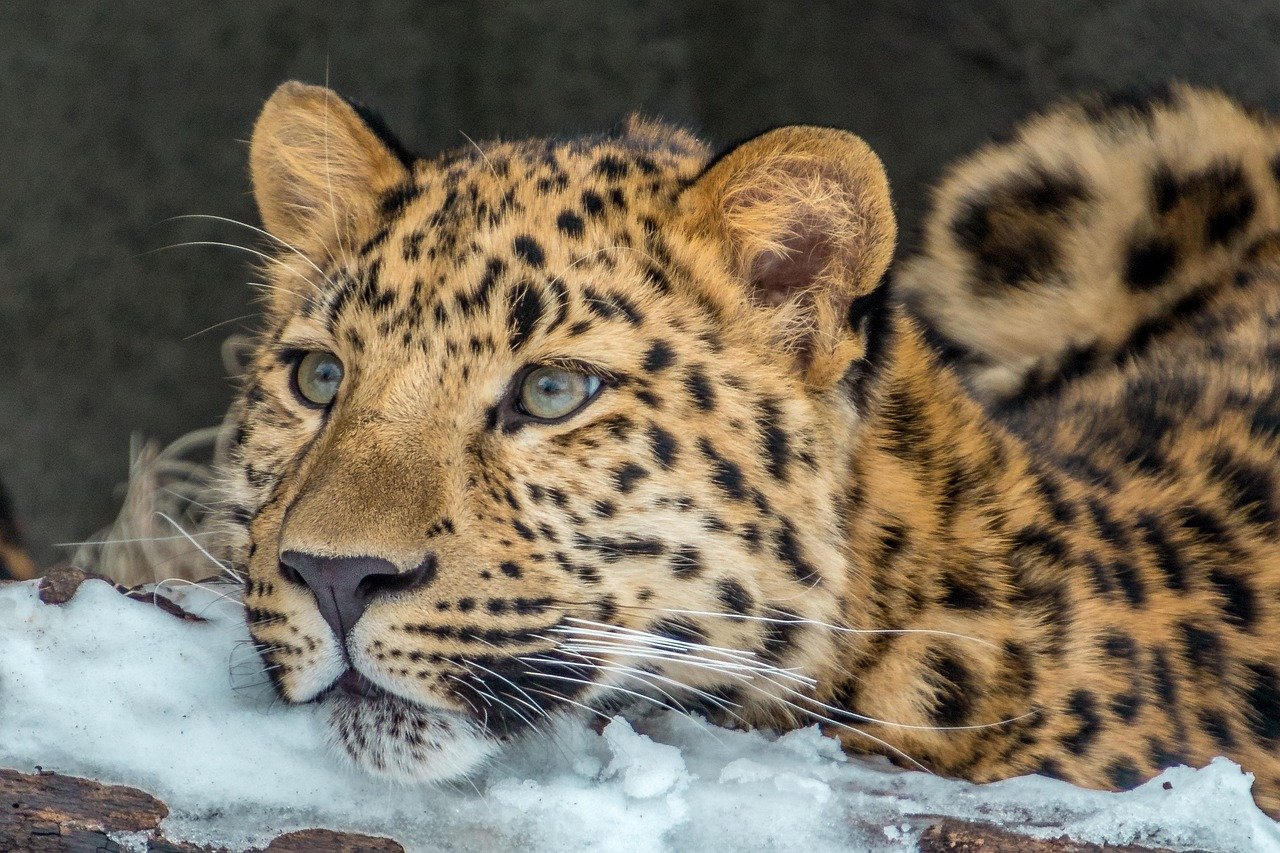
Captured mid-leap between two frost-covered rocks, this Amur leopard demonstrates the athletic prowess that makes them such effective hunters. They can leap horizontally up to 20 feet and vertically up to 10 feet, using their powerful hind legs to propel themselves across the rugged terrain of their mountain habitat. Their tail, nearly as long as their body, acts as a counterbalance during these spectacular acrobatic displays.
This incredible agility serves them well when hunting roe deer, wild boar, and other prey species that share their territory. Unlike other big cats that rely on short bursts of speed, Amur leopards are marathon hunters, capable of pursuing prey for miles through difficult terrain.
Mother’s Tender Moment

A mother Amur leopard gently grooms her cub, her massive paws delicately cleaning the youngster’s face. This intimate scene represents hope for the species’ future, as every birth is crucial for the survival of the world’s rarest big cat. Female Amur leopards typically give birth to 2-3 cubs after a gestation period of about 90 days.
The bond between mother and cub is extraordinarily strong, lasting up to two years as the young leopard learns essential survival skills. During this time, the mother teaches her offspring how to hunt, identify safe territory, and avoid the few remaining threats in their shrinking habitat. These moments of tenderness remind us that even the world’s most powerful predators share the same protective instincts we recognize in ourselves.
Camouflage Master
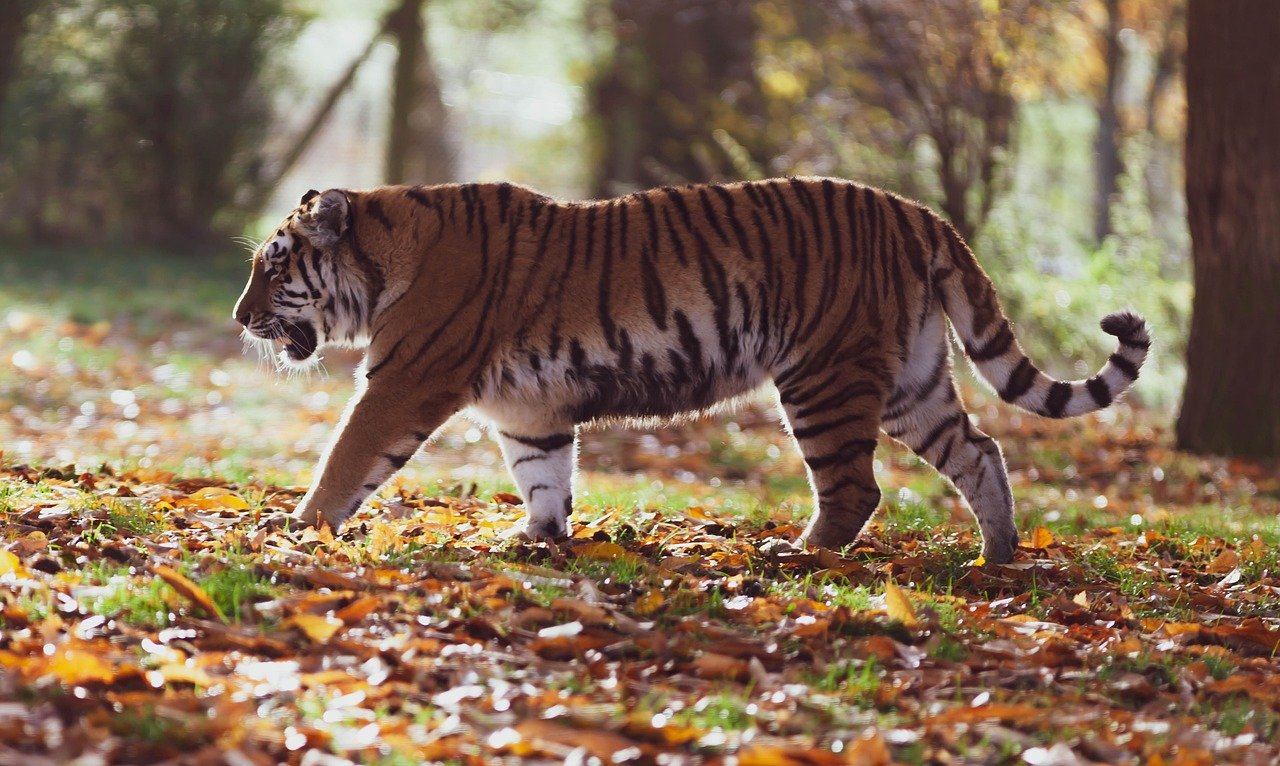
Nearly invisible against the dappled shadows of birch and oak trees, this Amur leopard showcases nature’s most sophisticated camouflage system. Their rosette patterns aren’t just beautiful—they’re survival tools that break up their outline and make them virtually undetectable to both prey and potential threats. The spacing and size of these rosettes are unique to the Amur subspecies, wider and more spaced than those of other leopards.
This natural camouflage is so effective that researchers studying these cats often spend months in the field without a single sighting. Camera traps have revolutionized our understanding of these elusive predators, revealing behaviors and population numbers that were previously impossible to document.
The Solitary King
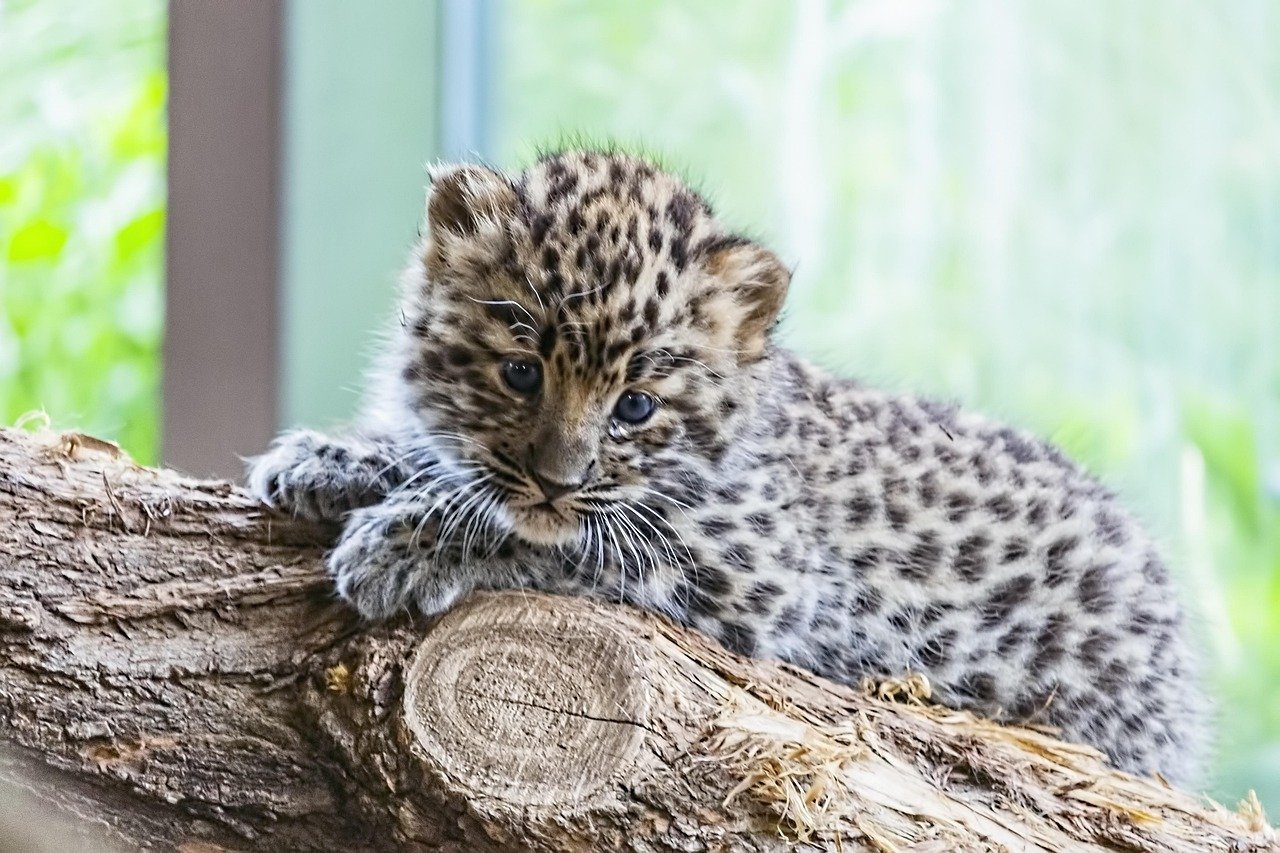
Standing majestically on a rocky outcrop, this male Amur leopard surveys his territory with regal authority. Males can weigh up to 120 pounds and control territories spanning up to 120 square miles, marking their boundaries with scent marks and scratch marks on trees. Their solitary nature means encounters between individuals are rare and often tense.
The loneliness of their existence is both their strength and their vulnerability. While it reduces competition for resources, it also makes finding mates increasingly difficult as populations decline. Conservation efforts now focus on creating corridors between isolated populations to increase genetic diversity and breeding opportunities.
Twilight Hunter

Captured in the golden hour of dawn, this Amur leopard embodies the mystique of the crepuscular hunter. These cats are most active during the twilight hours when their prey is moving and their superior night vision gives them a decisive advantage. The interplay of light and shadow across their coat creates an almost ethereal quality that has captivated photographers and wildlife enthusiasts worldwide.
Their hunting success rate is among the highest of all big cats, with experienced individuals succeeding in up to 50% of their hunting attempts. This efficiency is crucial for survival in an environment where energy conservation can mean the difference between life and death during the brutal winter months.
Frozen Breath

Steam rises from the nostrils of an Amur leopard as its warm breath meets the frigid air of a Siberian morning. This simple image captures the incredible physiological adaptations that allow these cats to survive in temperatures that would kill most other big cats. Their respiratory system has evolved to pre-warm incoming air, preventing lung damage from the extreme cold.
Even their paws have specialized adaptations, with thick fur between their toes providing insulation and traction on icy surfaces. These remarkable evolutionary features represent millions of years of adaptation to one of Earth’s most challenging environments.
The Climbing Virtuoso
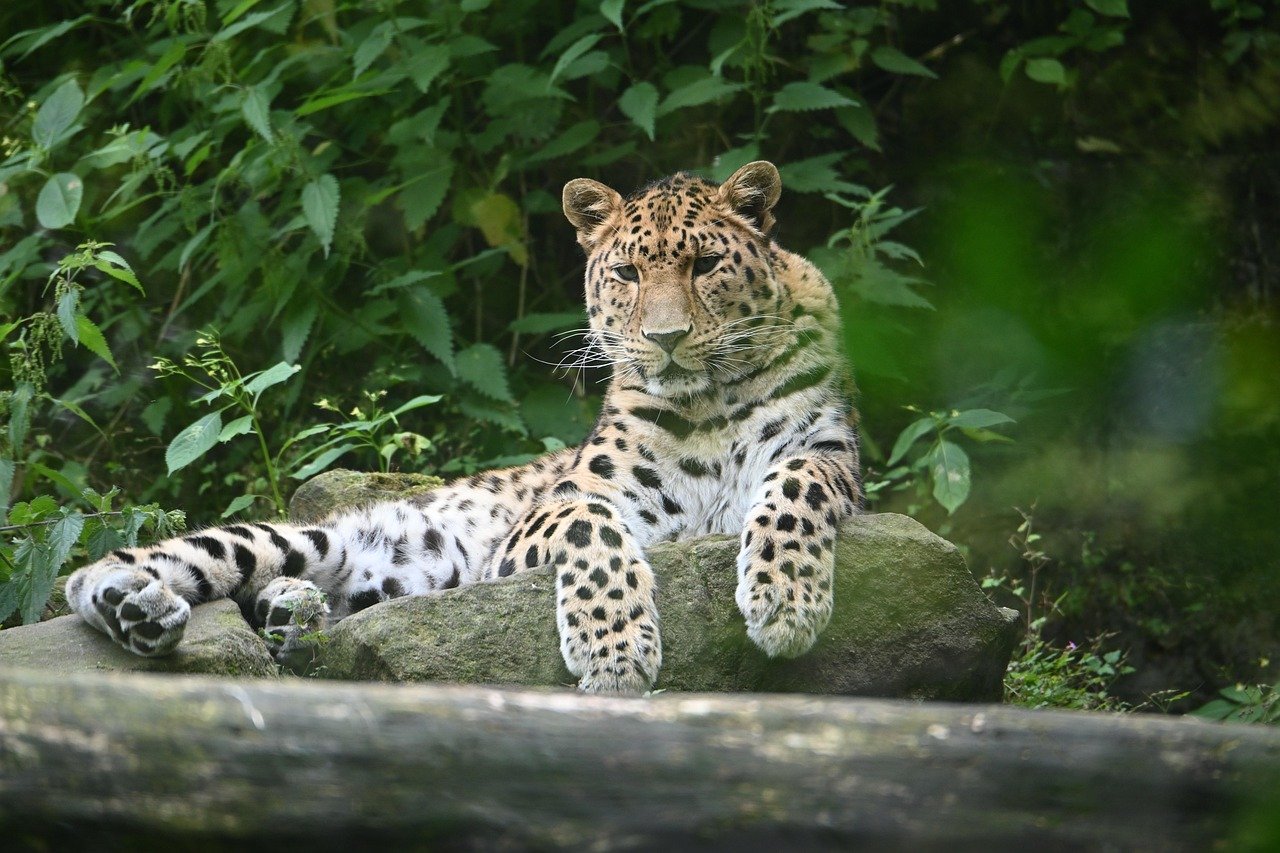
Effortlessly scaling a vertical rock face, this Amur leopard demonstrates climbing abilities that rival those of mountain goats. Their powerful claws and muscular build allow them to navigate terrain that would challenge even experienced human climbers. This vertical agility often saves them from larger predators and gives them access to prey that other hunters cannot reach.
Trees also serve as elevated vantage points for surveying their territory and as cool resting spots during the brief summer months. Their ability to haul prey weighing up to 100 pounds into trees protects their kills from scavengers and ensures they can feed undisturbed for days.
Sibling Bonds

Two young Amur leopard cubs play together in a rare moment of carefree joy. These siblings represent the future of their species, and their playful interactions are actually crucial learning experiences that will prepare them for adult life. Through play, they develop the coordination, strength, and hunting instincts they’ll need to survive independently.
Sadly, cub mortality rates are high, with only about 50% surviving their first year. Harsh weather, lack of prey, and human interference all contribute to these challenging survival odds. Every image of healthy cubs fills conservationists with hope for the species’ recovery.
River Crossing
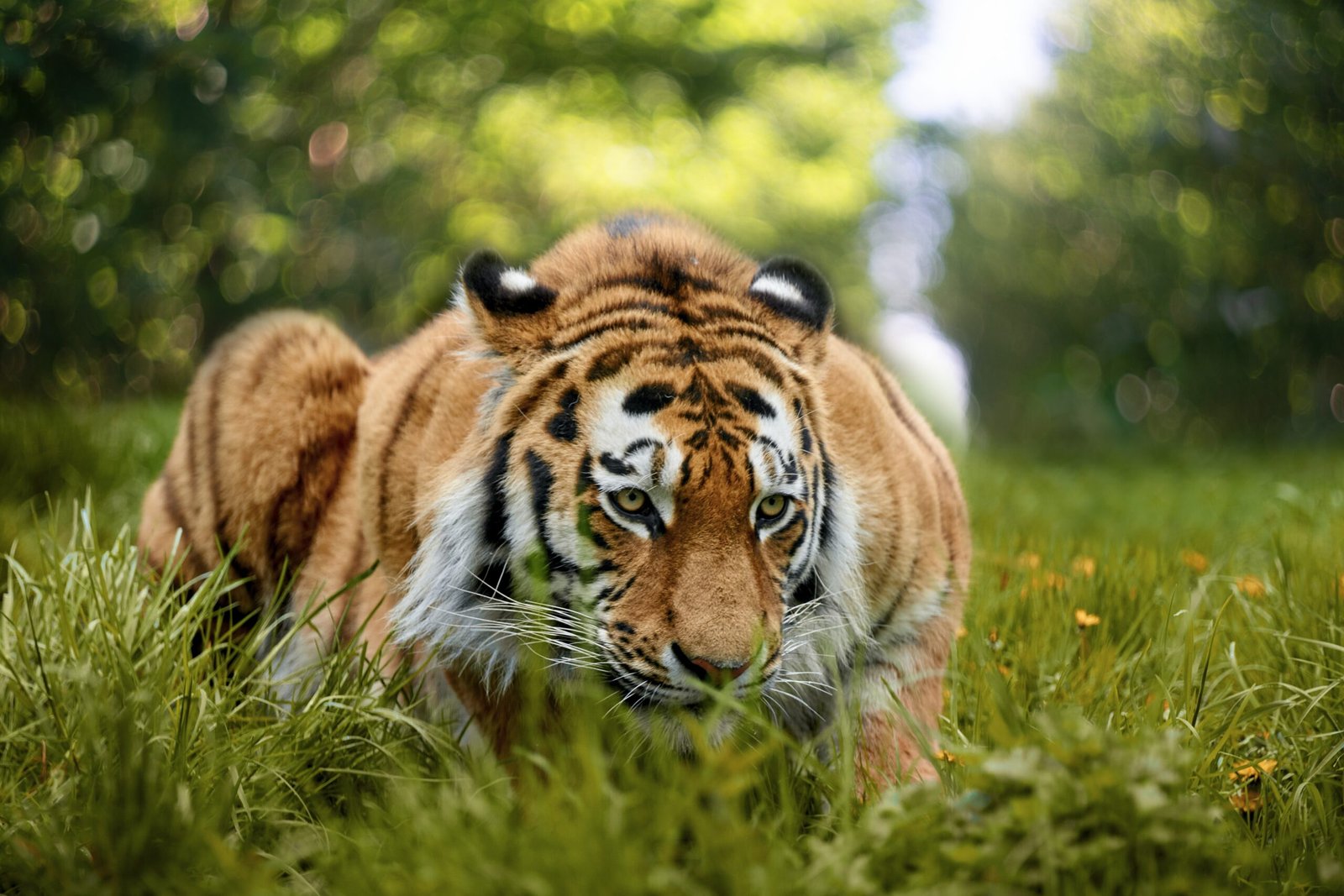
Wading through a shallow mountain stream, this Amur leopard shows that these cats are comfortable in water when necessary. Unlike many big cats that avoid water, Amur leopards will cross rivers and streams in pursuit of prey or to reach new territory. Their dense coat provides some insulation even when wet, though they prefer to stay dry when possible.
These river crossings often represent dangerous moments, as the cats become vulnerable to both the elements and potential threats. The courage required to enter freezing water demonstrates the incredible determination that has allowed this species to survive in such a challenging environment.
The Sentinel

Alert and watchful, this Amur leopard sits motionless on a fallen log, every sense tuned to its surroundings. Their hearing is so acute they can detect the footsteps of prey from over a mile away, while their sense of smell allows them to track animals across vast distances. This hyper-awareness is essential for survival in a landscape where both predator and prey must be constantly vigilant.
The stillness these cats can maintain is legendary among wildlife photographers, who often wait hours for a single movement. This patience is more than a hunting strategy—it’s a meditation on survival itself, a reminder that in nature, those who wait often inherit the earth.
Territorial Marking
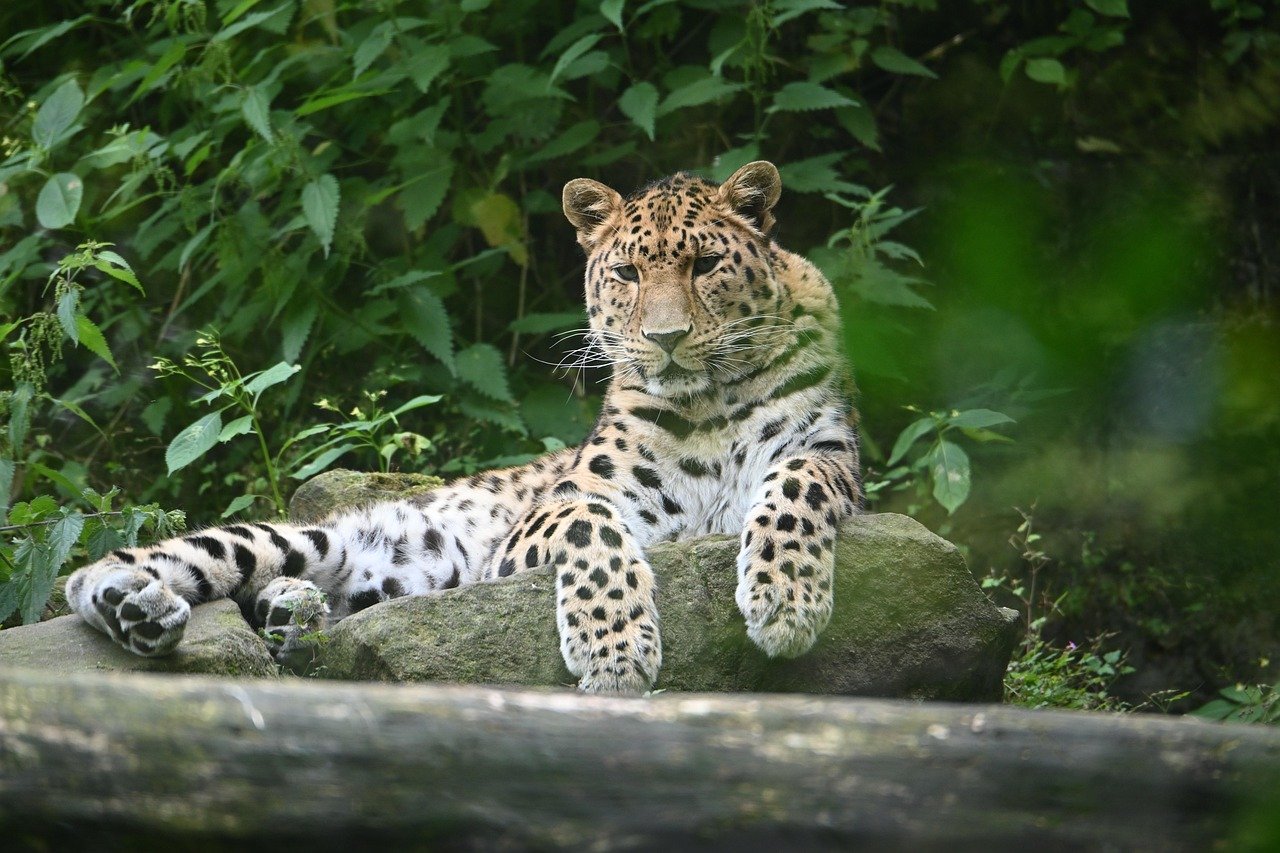
Captured in the act of scent-marking a tree, this Amur leopard is performing one of the most important behaviors for species survival. These scent marks convey complex information about the individual’s identity, reproductive status, and territorial boundaries. For a species with such a small population, these chemical communications are crucial for finding mates and avoiding conflicts.
Scientists can learn enormous amounts from these scent marks, using them to track individual animals, monitor population health, and understand territorial dynamics. Each mark is like a message in a bottle, carrying vital information across the vast wilderness these cats call home.
Face of Resilience
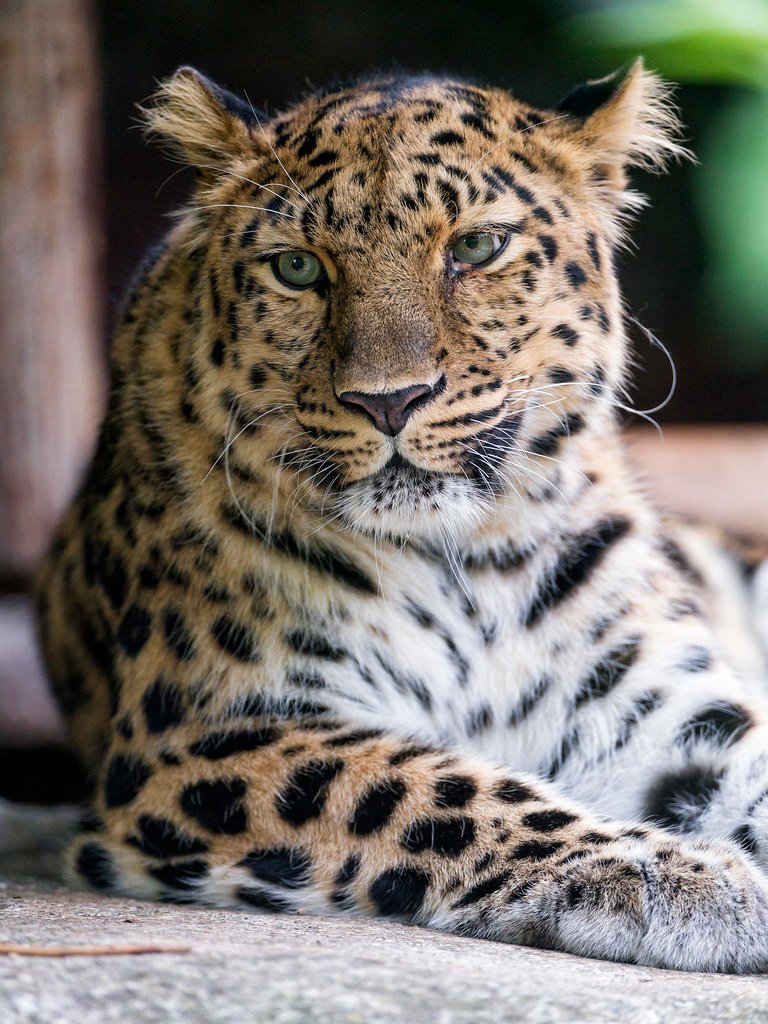
The weathered face of an elderly Amur leopard tells the story of survival against impossible odds. The scars around its eyes and muzzle speak of battles fought and won, of winters survived and territories defended. These older individuals are the repositories of crucial survival knowledge, having lived through changes that younger cats have never experienced.
In the wild, Amur leopards rarely live beyond 15 years, making every elderly individual a treasure trove of genetic and behavioral adaptation. Their survival represents not just personal triumph but hope for the entire species’ ability to adapt and persist in a changing world.
The Stalk

Frozen in the perfect hunting crouch, this Amur leopard demonstrates the patience and precision that makes them such effective predators. Every muscle is coiled and ready, every sense focused on the prey ahead. This moment of absolute concentration represents hours of careful stalking, using every rock, tree, and shadow to remain undetected.
The success of this hunt could determine whether the leopard survives the coming weeks. In winter, when prey is scarce and energy expenditure is high, a failed hunt can mean the difference between life and death. This intensity of focus is what separates survivors from casualties in the harsh world of the northern forests.
Snow Angel
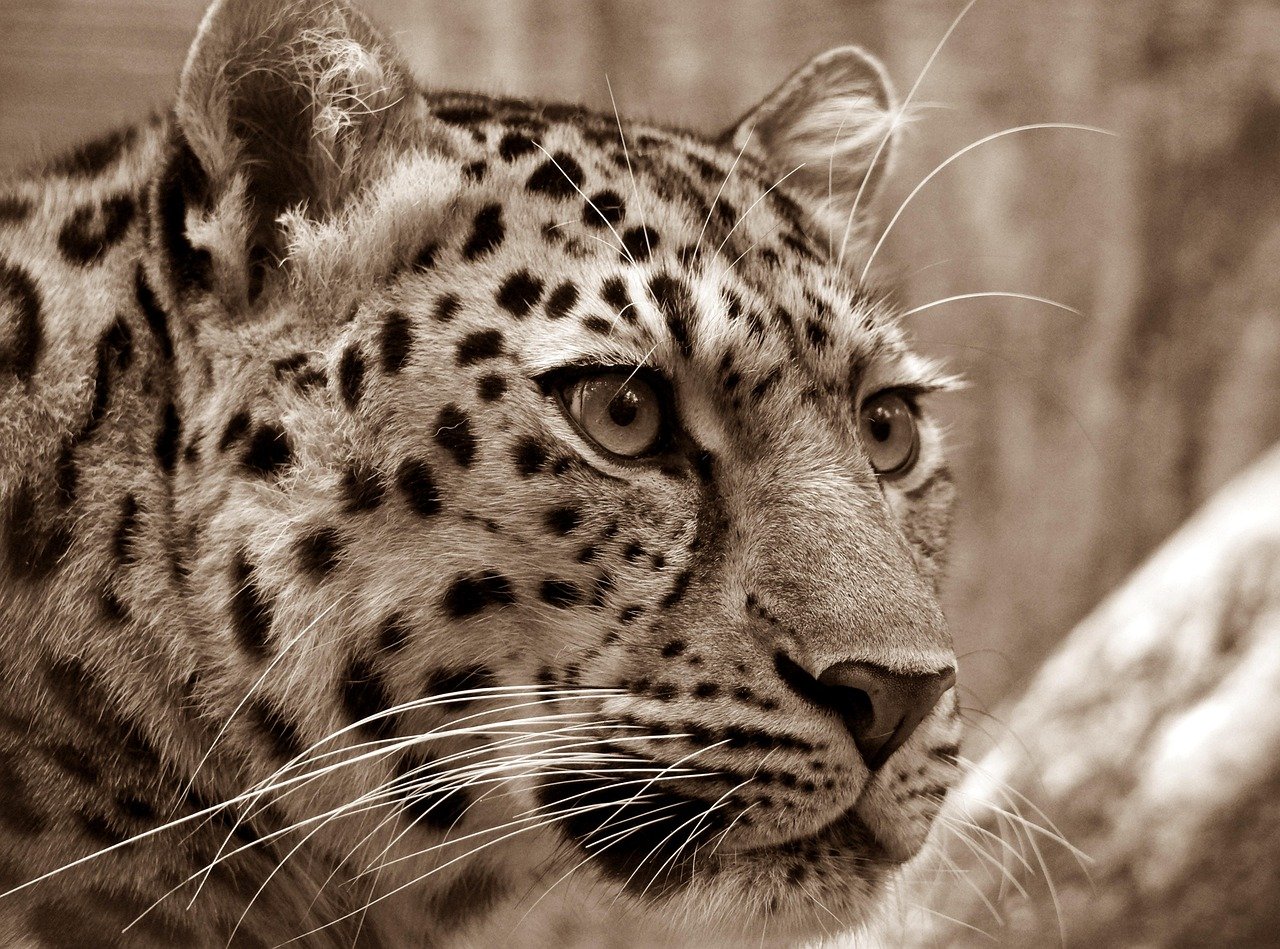
Rolling playfully in fresh snow, this Amur leopard shows a surprisingly joyful side of these normally serious predators. Snow isn’t just a challenge to overcome—it’s also a source of enrichment and play. These cats will roll, slide, and leap through snow drifts with the enthusiasm of house cats discovering catnip.
This behavior serves practical purposes too, helping to clean their coat and spread their scent. But there’s something deeply moving about watching one of the world’s rarest animals simply enjoying the moment, reminding us that even in the struggle for survival, there’s room for joy.
Sunset Silhouette
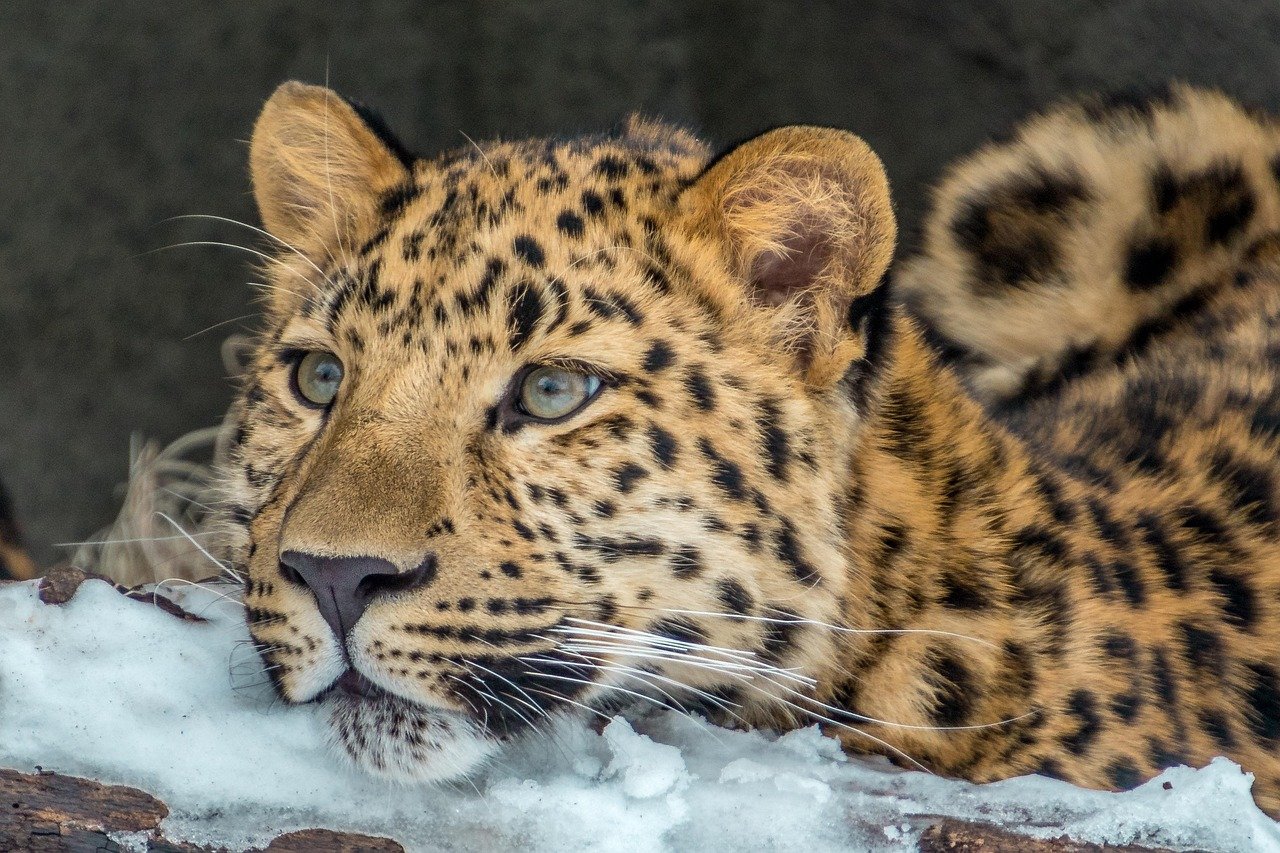
Backlit by the setting sun, this Amur leopard creates a silhouette that embodies both beauty and melancholy. The golden light filtering through the forest creates a halo effect around the cat’s distinctive spotted coat, transforming it into a living piece of art. This image captures the ethereal quality that has made these cats legendary in the folklore of the regions they inhabit.
As the sun sets on another day in their shrinking habitat, each silhouette reminds us of what we stand to lose. These cats have survived ice ages, human expansion, and climate change, but their future now depends entirely on our commitment to their conservation.
The Last Stand
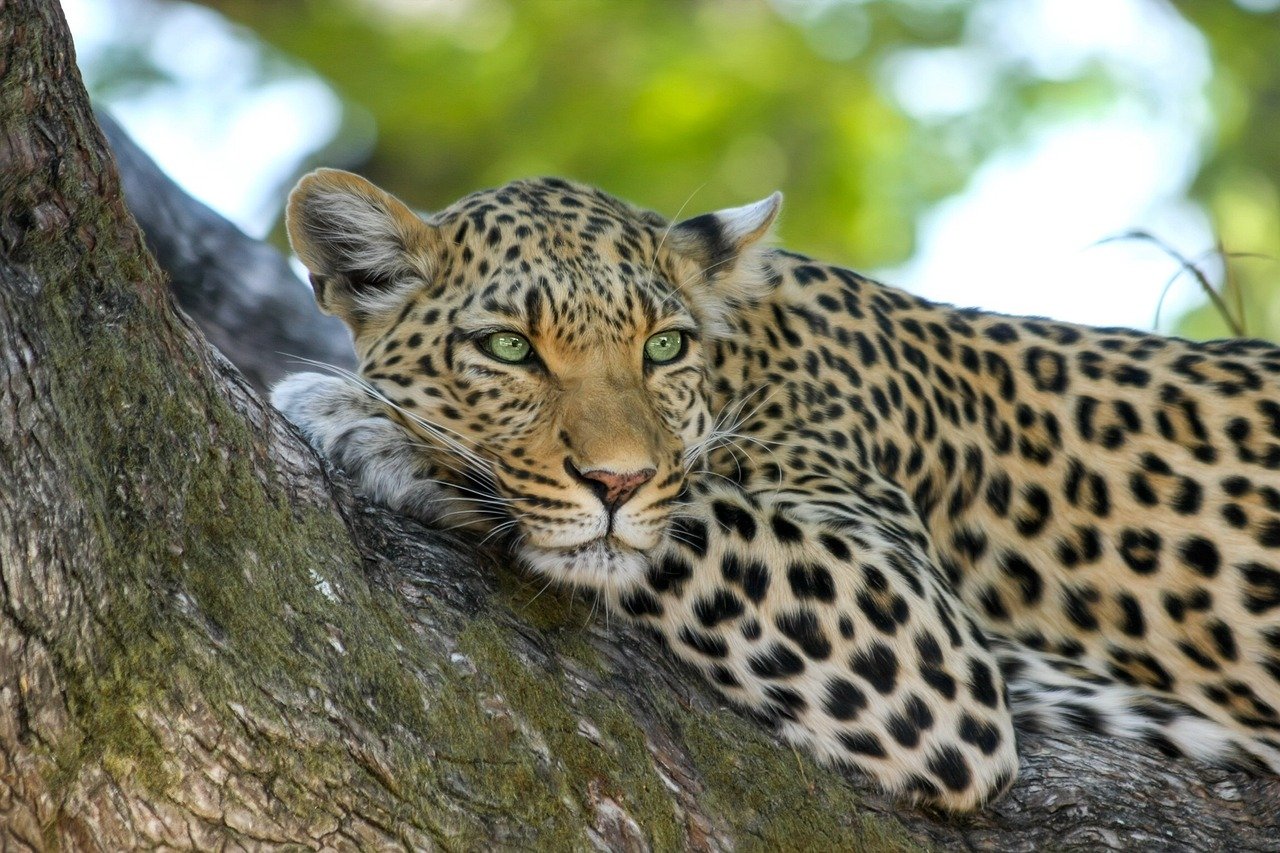
Standing alone against a backdrop of endless wilderness, this Amur leopard represents both the majesty and the fragility of wild places. Their habitat in the Russian Far East and northeastern China contains some of the last truly wild spaces on Earth, where natural processes still dominate and ancient rhythms continue unchanged.
Every conservation success story begins with a single individual refusing to give up. These leopards have shown us that even when reduced to fewer than 30 individuals in the 1990s, a species can recover with proper protection and habitat restoration. Their story is one of resilience, hope, and the incredible power of nature to heal when given the chance.
Eyes of the Future
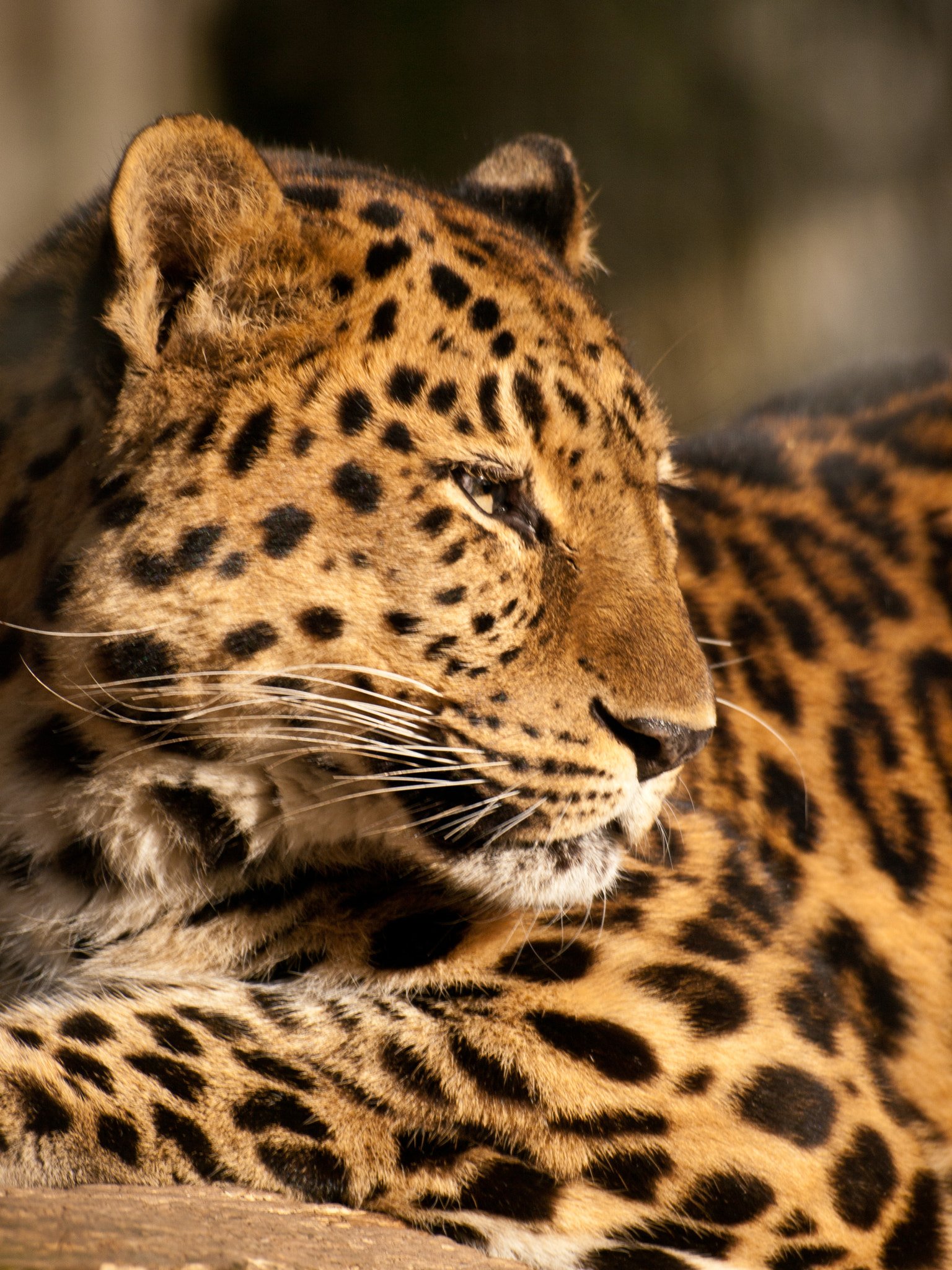
The intense gaze of a young Amur leopard captures all the hope and uncertainty of a species on the brink. These eyes have seen what we can only imagine—the vast silence of the taiga, the dance of northern lights across winter skies, the ancient rhythms of a world where humans are still visitors rather than rulers.
In those amber depths lies the future of the world’s rarest big cat. Every breath, every heartbeat, every successful hunt brings them one step closer to recovery. The question isn’t whether they deserve to survive—it’s whether we deserve to share the planet with such magnificent creatures. What legacy will we leave for these eyes that have seen eternity?
Hi, I’m Bola, a passionate writer and creative strategist with a knack for crafting compelling content that educates, inspires, and connects. Over the years, I’ve honed my skills across various writing fields, including content creation, copywriting, online course development, and video scriptwriting.
When I’m not at my desk, you’ll find me exploring new ideas, reading books, or brainstorming creative ways to solve challenges. I believe that words have the power to transform, and I’m here to help you leverage that power for success.
Thanks for stopping by, Keep coming to this website to checkout new articles form me. You’d always love it!






